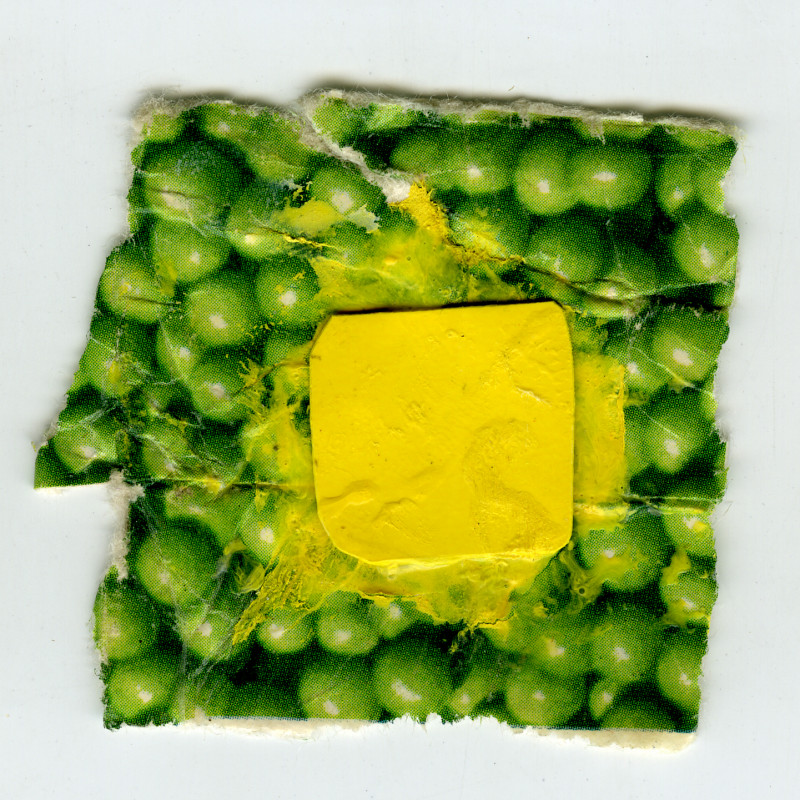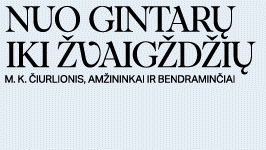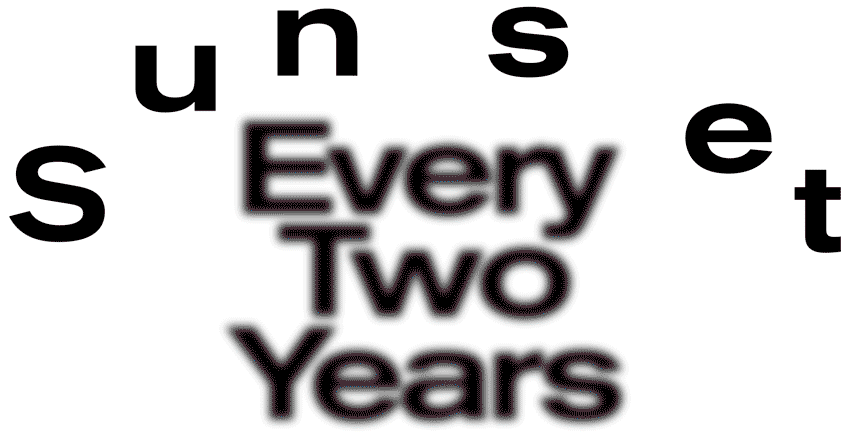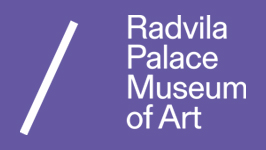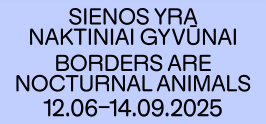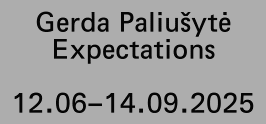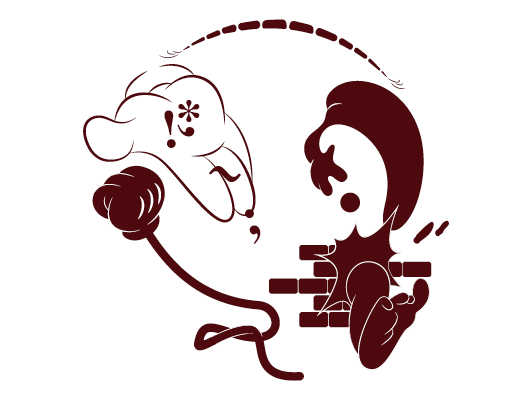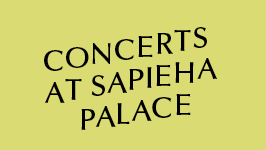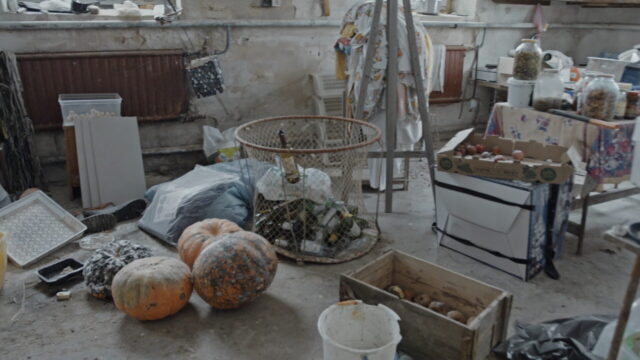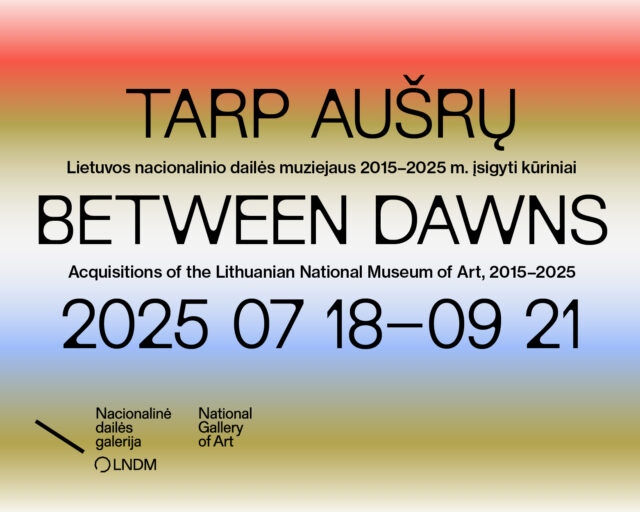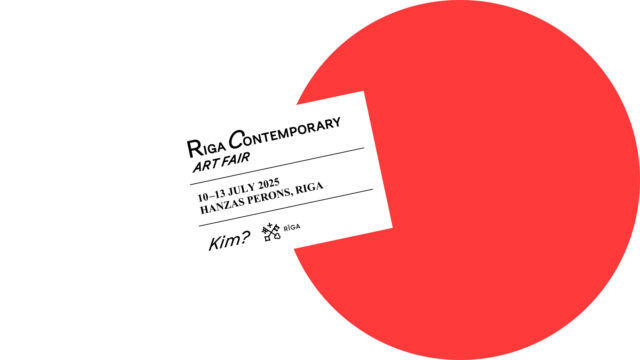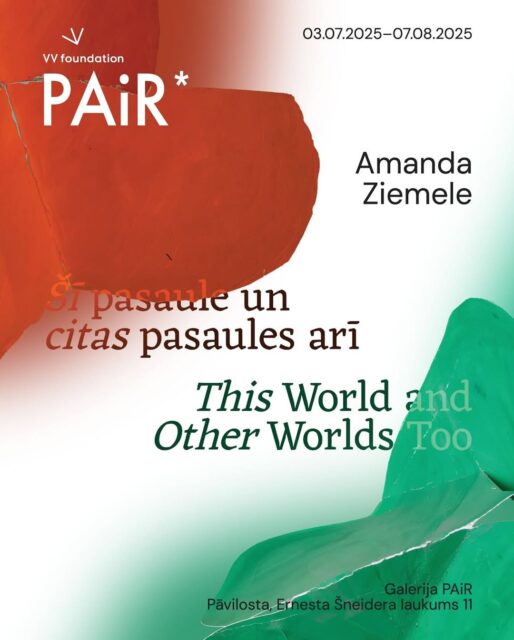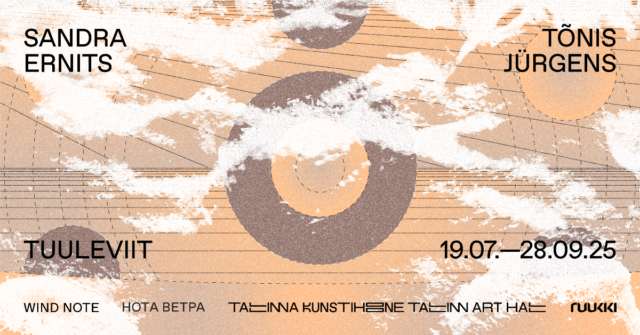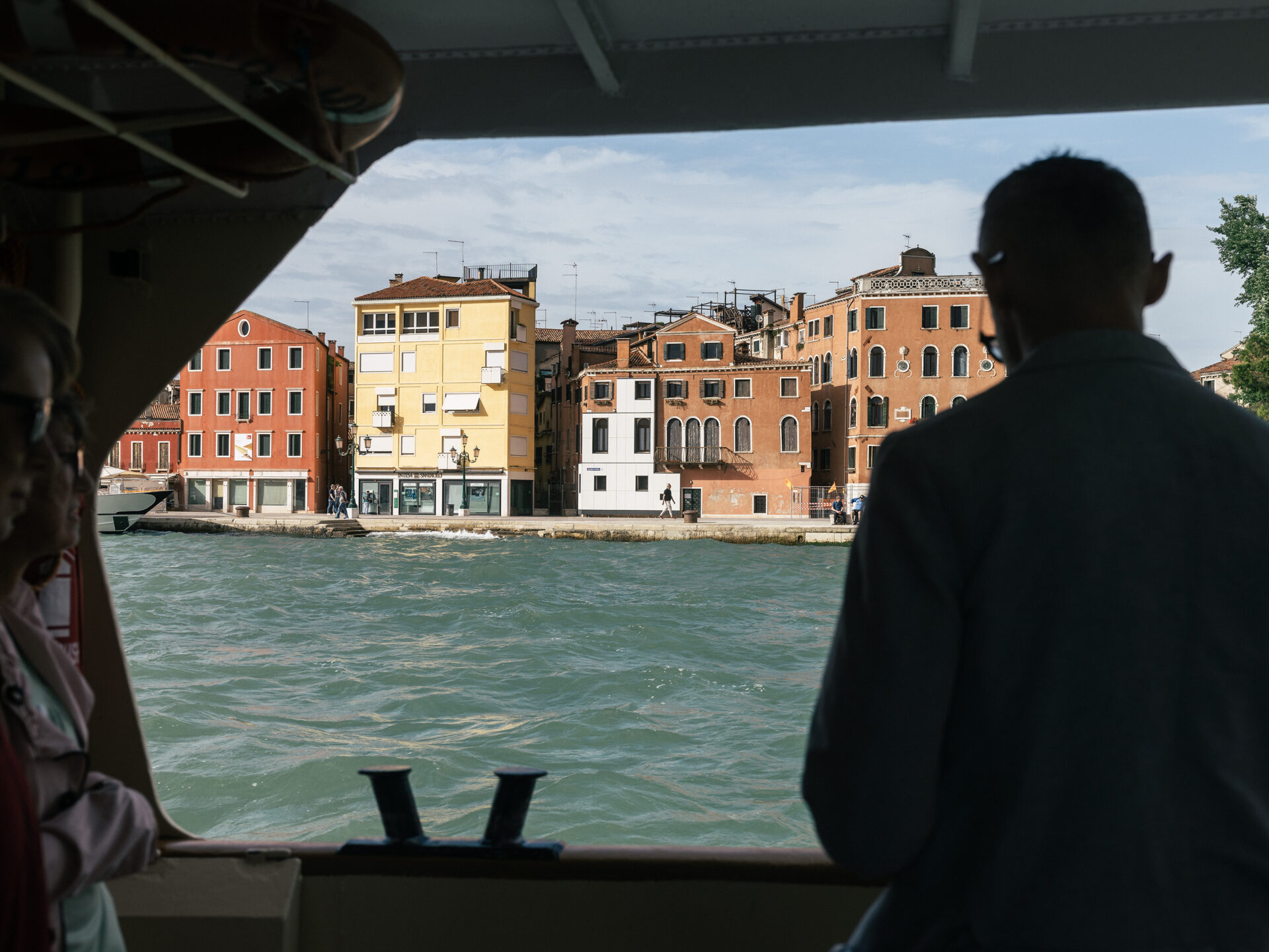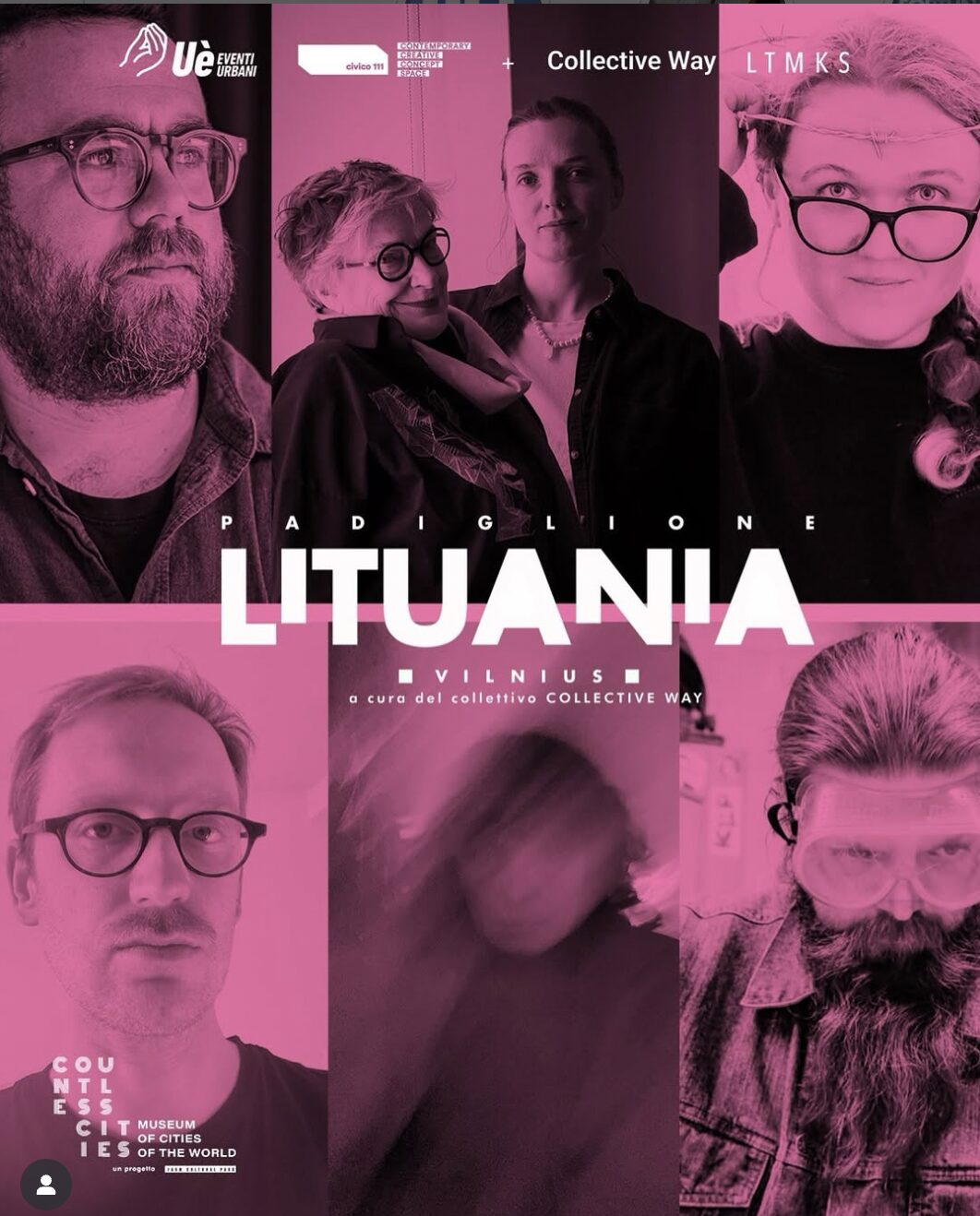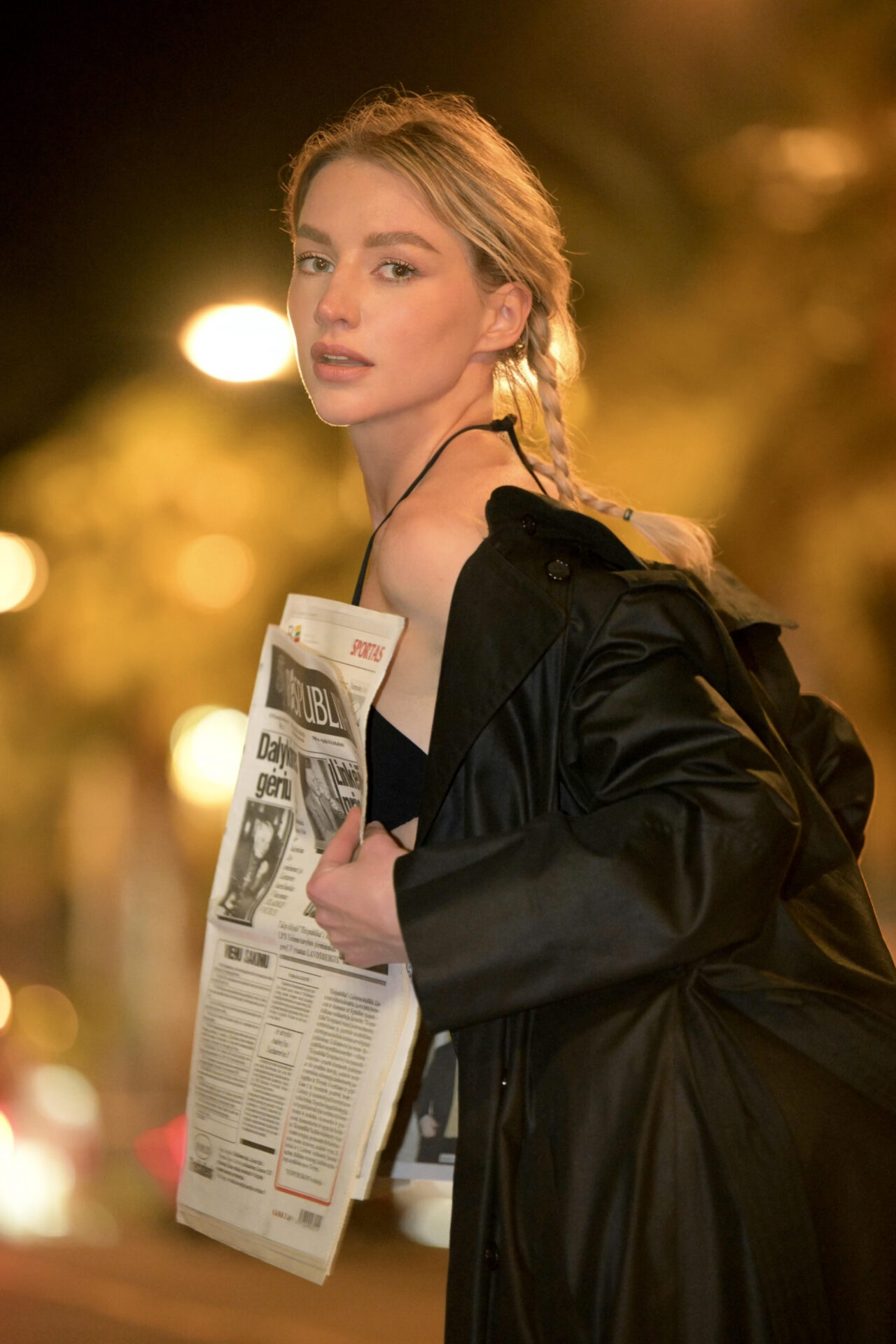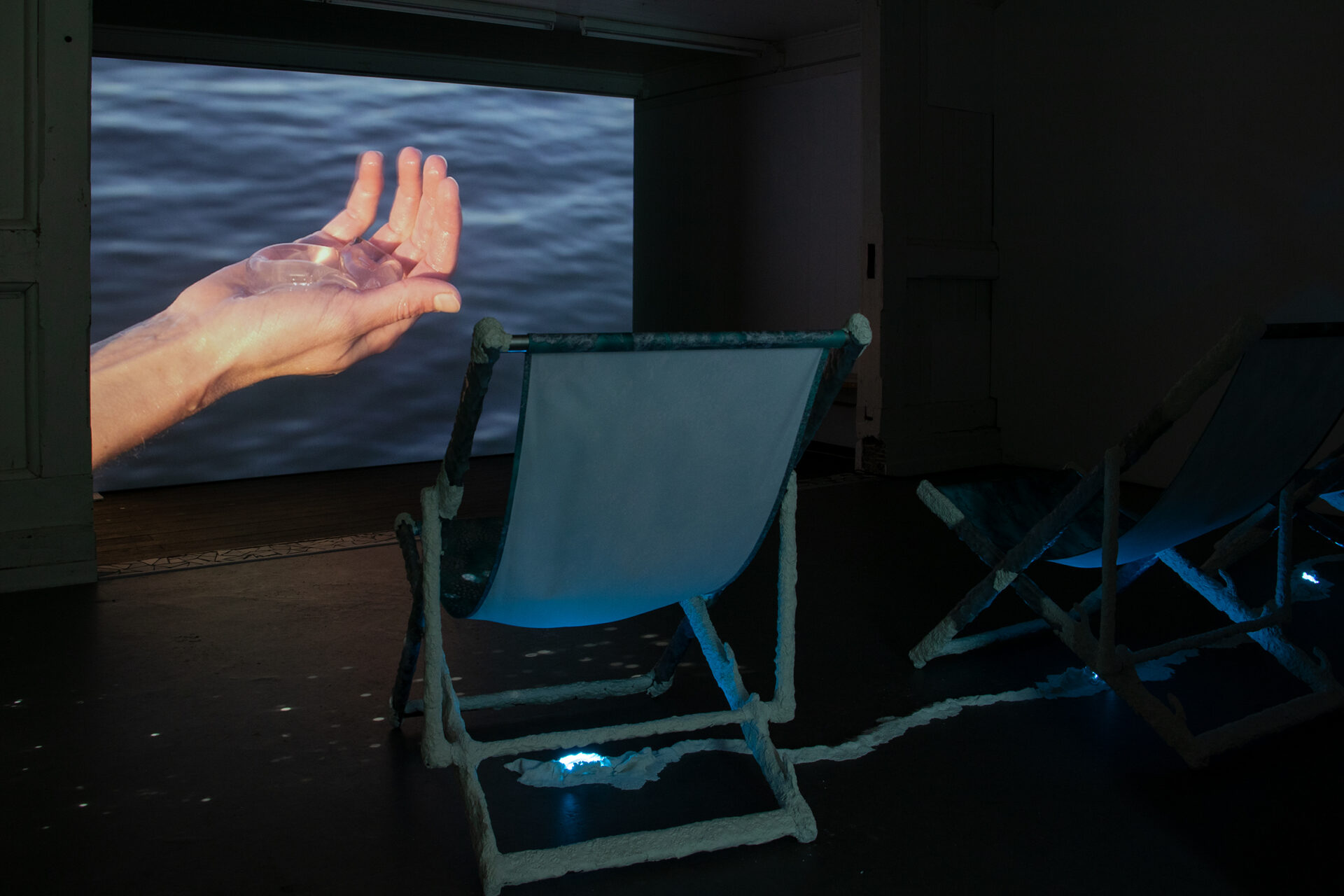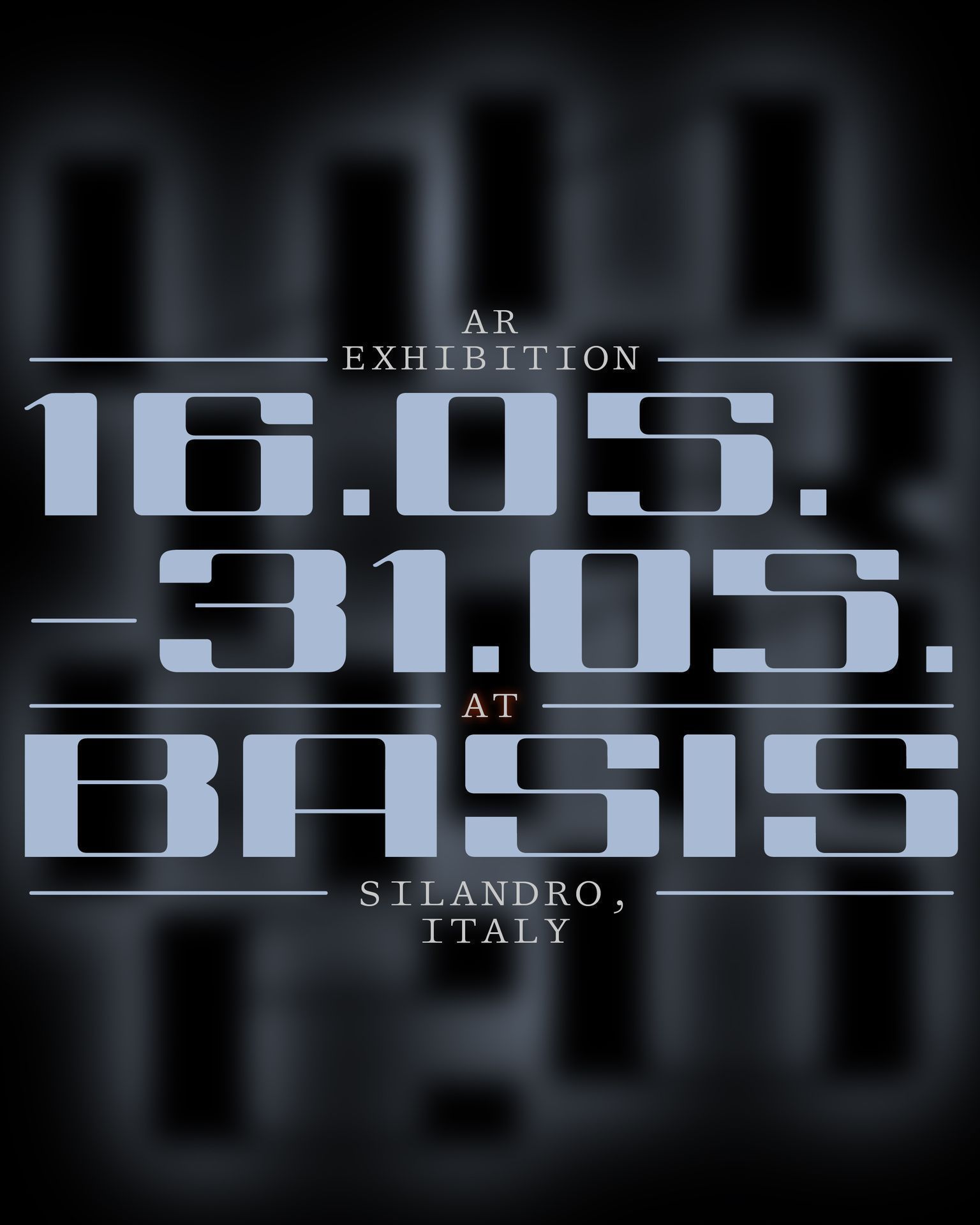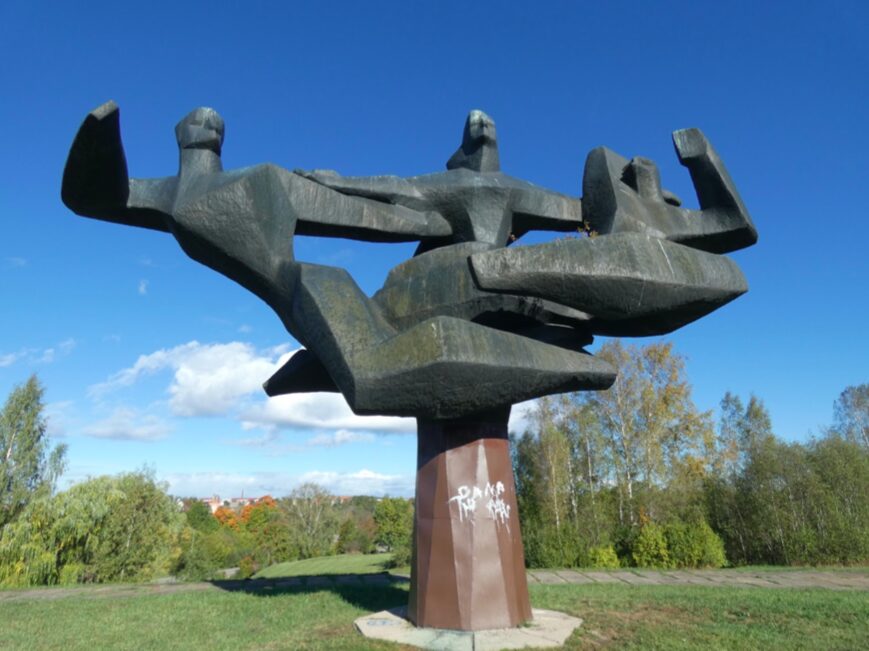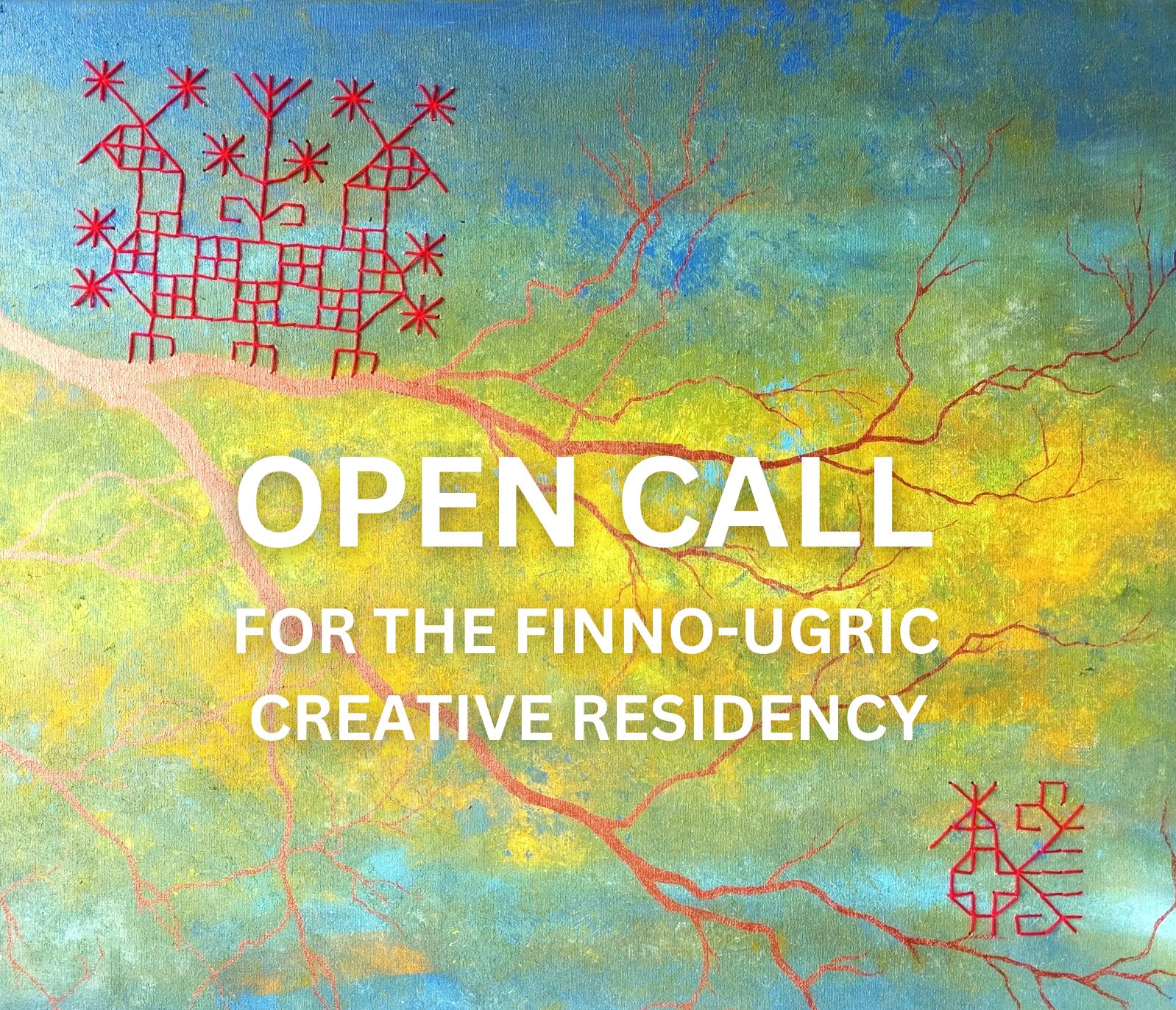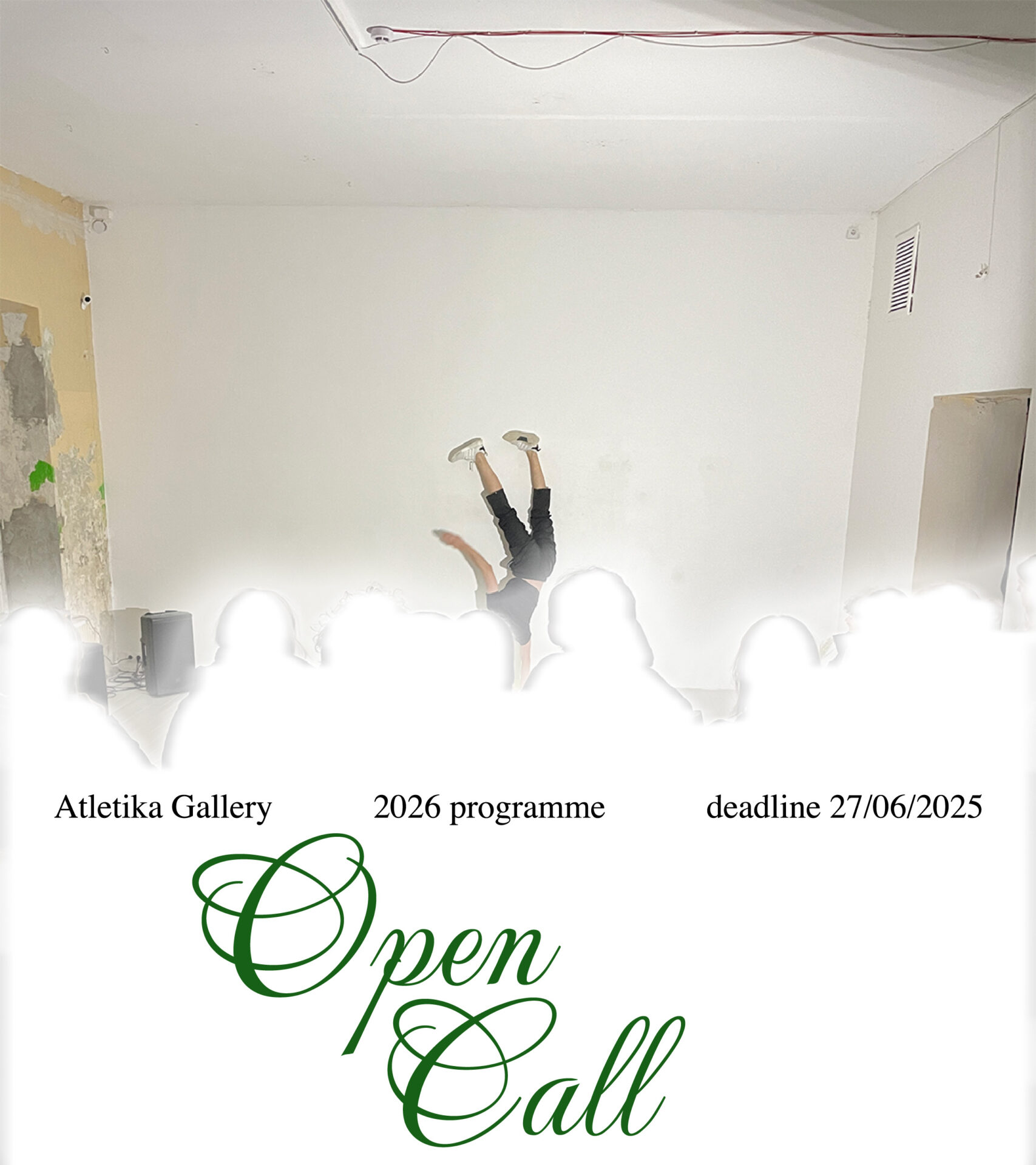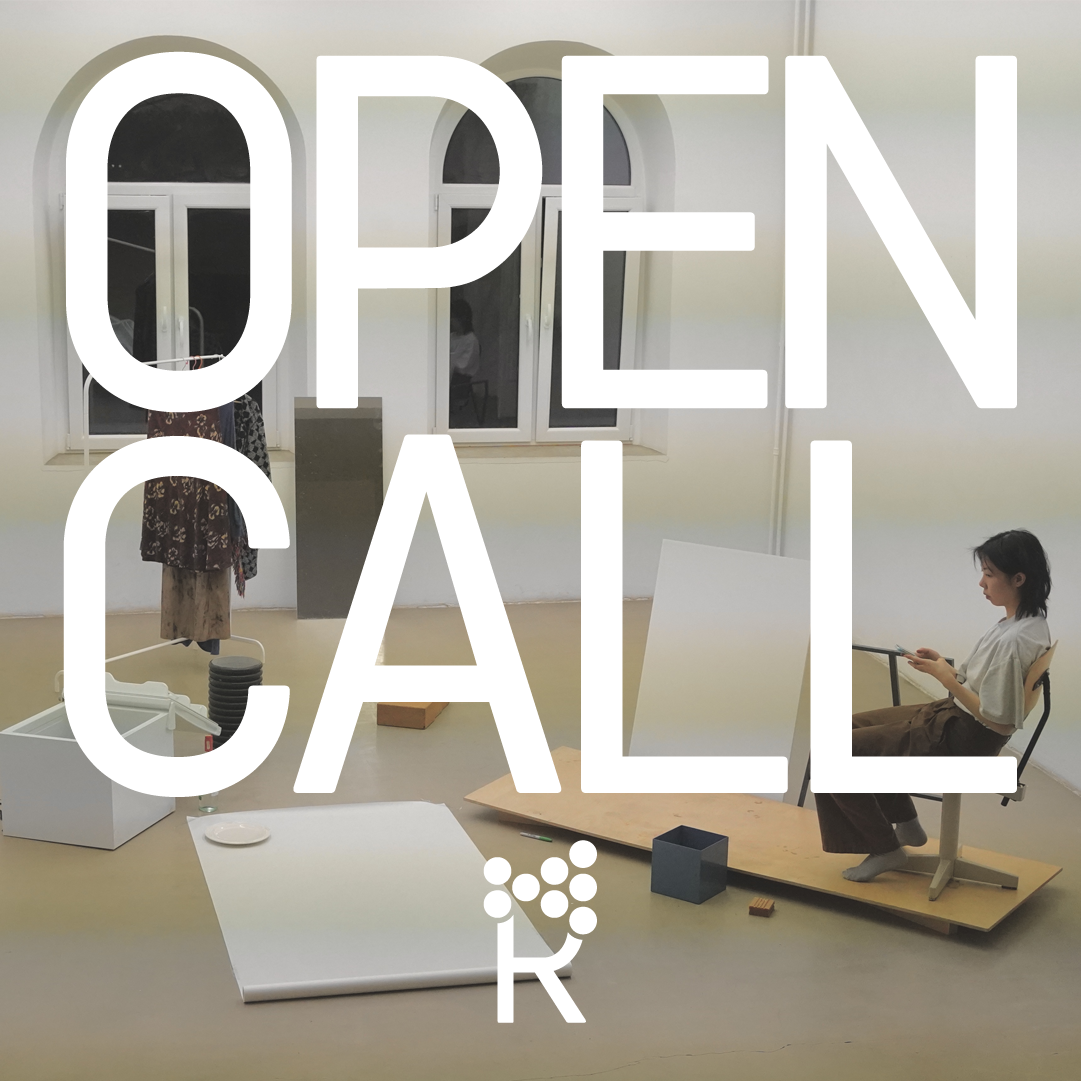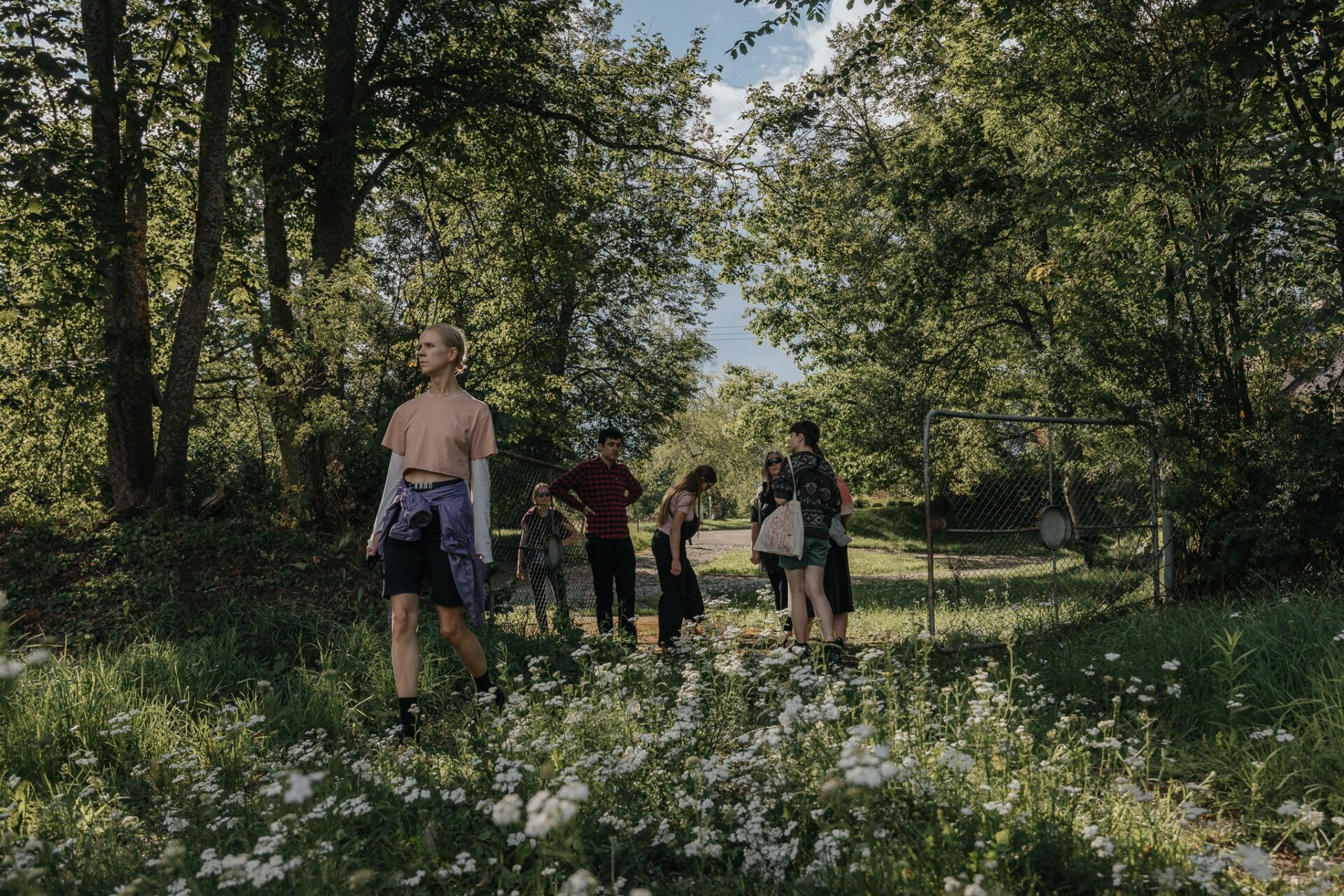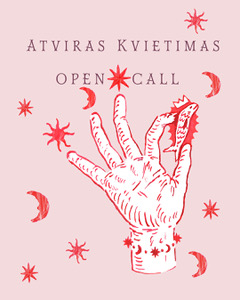Kim? Contemporary Art Centre is pleased to announce two new exhibitions – group exhibition “Nothing to Write Home About” by gallery Jenny’s and the first solo exhibition by Sabīne Šnē “Partner, Parasite”. On view at Kim? starting from February 17, 12-8pm.
Nothing to Write Home About
Organized by Jenny’s, New York
Kim? Contemporary Art Centre, Riga
February 17 – April 17, 2022
Participiants: Joe Brainard, Gina Fischli, Morag Keil, Carter Seddon
Nothing To Write Home About brings together four intergenerational artists who each turn an eye towards the ordinary, the poetic, and daily strangeness of our surroundings. The group show features works by Carter Seddon (b. 1986), a New York based photographer; wall installations by Morag Keil (b. 1985), based in London, UK; sculptural artworks by Gina Fischli (b. 1989), currently based in Zurich, Switzerland; and a series of micro-collage works by Joe Brainard (1942-1994), an important writer from the New York School of poets and an established Pop artist.
The exhibition is organized by Jenny’s, a gallery co-directed by Jenny Borland and Mathew Sova. Founded in 2014 in Los Angeles, the gallery recently relocated to a permanent location in New York City in 2021 after six years on the west coast. The gallery’s ethos is built upon an intuitive dialogue between artists and friends, often incorporating artists from all stages of their careers; thus, it does not easily fit into existing and traditional models of commercial gallery spaces.
In keeping with the spirit of the Jenny’s gallery program, Nothing To Write Home About features work by three contemporary artists in dialogue with the work of Joe Brainard. Brainard, who has been celebrated in the United States for his vast output as a visual artist and writer, has been rarely shown abroad and in the context of a younger generation. The exhibition borrows its title from a 1981 group of short texts by Joe Brainard, in which he offers charming and frank commentary of a day in the life, with topics ranging from “Money” to “New Plant” to “Insomnia” to “True Love.” All four artists share an interest in seemingly conventional language and subject matter in order to evoke familiarity. In Carter Seddon’s photographic work, his observations throughout the day take on a poetic quality in their normalcy, capturing moments much like Brainard’s musings on minutiae. Morag Keil’s work often merges the effect of digital technologies with familiar objects, which interact with the existing architecture. Gina Fischli’s plywood windows take on domesticity in a comic sense, manifested in a series of wall sculptures in which exits turn back inward. Joe Brainard’s miniature assemblages, made between 1975 and 1976, are a centerpiece of the exhibition. Combined from mixed media and found materials such as cigarette packs and magazine clippings, the works are playful mementos repurposed from scraps of life which would otherwise have been discarded. Each work by the four artists individually speaks to the specificity respective to their lived experiences, revealing a shared interest in modes of presentation which require a closer look.
Supported by: Ministry of Culture, State Culture Capital Foundation, Riga City Council, U.S. Embassy in Latvia, Knauf, Tikkurila, KRASSKY, “Satori”, Arterritory.com, Green Print, “Kokmuižas alus”, “Gardu muti”.
More information and artist’s biographies: www.kim.lv
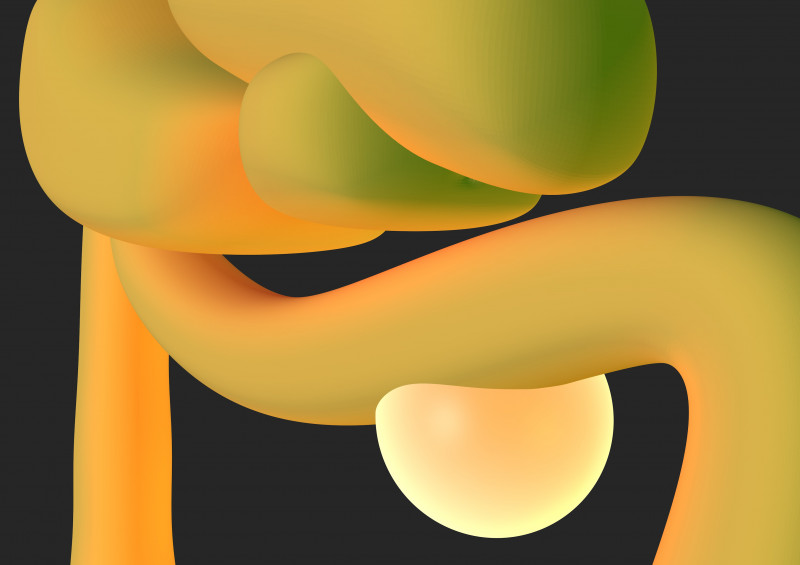
Sabīne Šnē, Equal relationships help to survive in the food chain, Fragment of a digital drawing.
Sabīne Šnē Partner, Parasite
Kim? Contemporary Art Centre, Riga
February 17 – April 17, 2022
Curator: Zane Onckule
In 1979, scientist and writer James Lovelock proposed a theory about life, calling it the Gaia hypothesis or Gaia principle in reference to the divinity of the Earth. The planet is understood to be a self-regulating, excellent, epic unit that functions and provides life with suitable living conditions, thanks to the behavior of and interaction between highly diverse organisms. Despite the fact that this idea, conceived as part of the New Age movement, was met with criticism, notable scientist (and empirically motivated evolutionary theorist) Lynn Margulis adopted it.
Lovelock was well-versed in bacteriology, seeing bacteria as pathogens that caused disease. He had never before imagined bacteria as the framework for an infrastructure upon which the world is based. Margulis, meanwhile, arrived at the conjecture – supported by present-day thought – that, despite differing interpretations, the Gaia hypothesis, instead of being a vision of the Earth as a single, unified organism, actually acknowledges that there are different “jungles” that exist simultaneously, in parallel, and can have a creative and destructive nature; these jungles meet and clash with one another, and every separate unit shapes its own unique environment inside them. Lovelock, on the other hand, tried convincing people that they are, unconsciously, a mere disease of Gaia—whereas now task at hand is to defend and protect Gaia from the bacteria that are human beings. Just as bacteria successfully ruled the Earth for two billion years in the Precambrian era, the Earth is now ruled and directed by human beings. They do it with great recklessness, but it is clear that the future of the Earth depends on human beings in very much the same way it once depended on bacteria.
Sabīne Šnē interprets Gaia to be a living being and a woman. She breathes, moves about, sees, listens and communicates. On Gaia, each of the two-legged anthropomorphic products of a utilitarian system look as if they were a mere grain of pollen, a microbe, a bacteria or a virus. The two are cohabiting units, interacting, complementing, and being at odds with one another. Gaia’s visualization in the show is reflected in a series of newly-made works: vinyl prints, printed digital drawings and videos.
Full exhibition text: www.kim.lv
Sabīne Šnē is the winner of the Kim? Open Call PILOT 2021 competition. A committee reviewed the entries and determined the winner. It consists of Kim? Executive Director Elīna Drāke, artist Maija Kurševa, Kim? Program Director / Curator Zane Onckule, Latvian Academy of Art Pro-rector in Study Work Antra Priede as well as artist Sabīne Vernere, head of the PILOT gallery.
Sabīne Šnē (b. 1996) lives and works in Riga. In her creative practice, she constructs visual stories in order to explore the intersections between culture and nature, informed by historical and current ideas. She is interested in the relationships and the interconnectedness between humans and nature. In her art, Šnē reflects on human habits, desires, traces of actions and their impact on the environment. The content of the work determines the result, but she usually works in digital media. Sabīne Šnē graduated with a Bachelor of Fine Arts (2020) from the department of Visual Communication of the Art Academy of Latvia. She has participated in various group exhibitions and art projects in Latvia and abroad: Augmented Experiences (2021, RIXC, Riga), Hidden Treasures (2021, Rucka, Cēsis), Hard Drive of Lost Expressions in collaboration with Linda Vilka (2020, Pilot, Rīga), Unseen Projects (2020, Vilnius Art Academy, online), Project Pavedieni for the cultural forum Baltā nakts (2020, National Library of Latvia, Rīga), Točka (former factory Provodnik, Rīga), Cosmo (2019, SILOS Centre of Art and Culture, Portugal). Over the past year, Šnē has participated in various artist residencies in Latvia: Rucka in Cēsis, the Sansusī Well-being Residency in Aknīste and PAiR, organized by the VV foundation, in Pāvilosta.
Supported by: Ministry of Culture, State Culture Capital Foundation, Riga City Council, VKN/KAS, Knauf, Tikkurila, KRASSKY, “Satori”, Arterritory.com, Green Print, “Kokmuižas alus”, “Gardu muti”.
